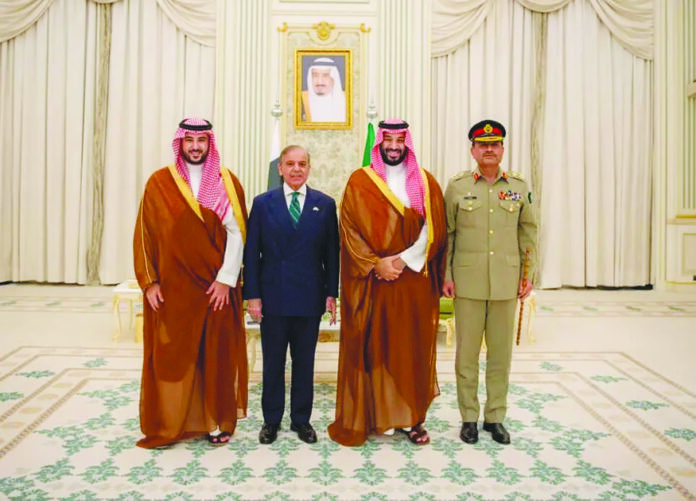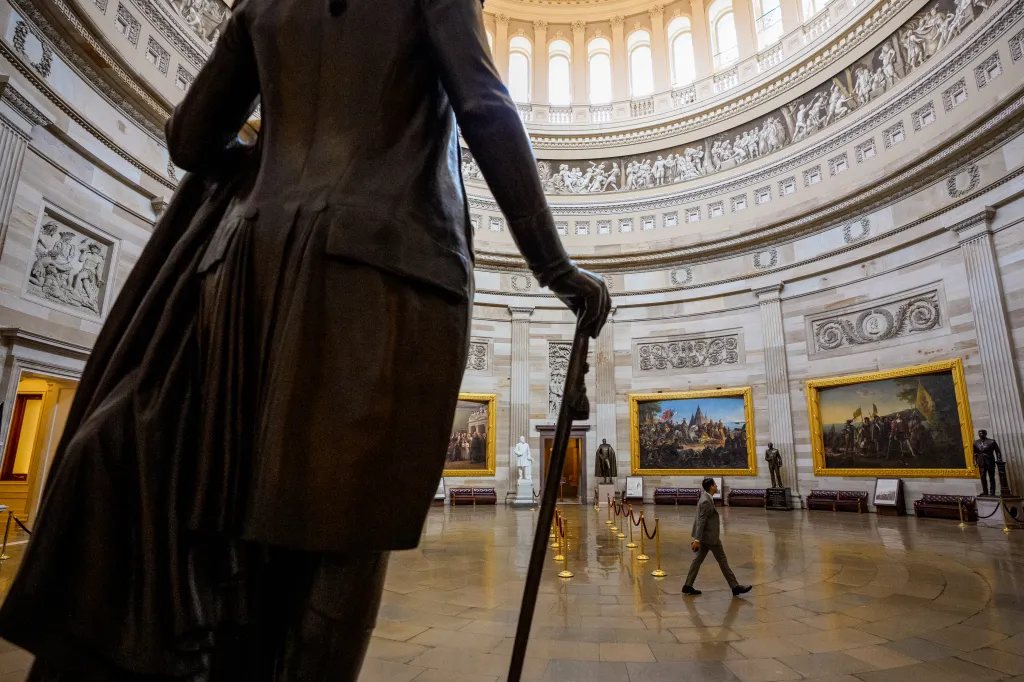Copyright pakistantoday

In the realm of international relations, few nations operate at the intersection of opportunity and risk as acutely as Pakistan. Its history, geography, and demography have consistently shaped a state that must adapt, recalibrate, and negotiate its place among regional and global powers. Positioned between China and India, bordered by Afghanistan and Iran, and with access to the strategic waters of the Arabian Sea, Pakistan’s location makes it both indispensable and exposed. Its story is one of resilience, pragmatism, and the continual pursuit of relevance in a volatile world. Recent developments underscore Pakistan’s renewed strategic importance. The historic Pakistan-Saudi Strategic Mutual Defence Pact signed in September 2025 marks a new chapter in Pakistan’s foreign policy. Under this agreement, aggression against one country is considered aggression against both, signalling a deepening security and political partnership. Beyond military collaboration, the pact enhances Pakistan’s stature in the Muslim world, cementing its role as a key player capable of bridging regional and global interests. In tandem, Pakistan has maintained careful engagement with the United States, as exemplified by high-profile meetings between the Prime Minister Shehbaz Sharif, Army Chief Field Marshal Asim Munir, and President Donald Trump. These engagements illustrate Washington’s recognition of Pakistan not as a mere client state, but as a flexible strategic partner whose hybrid civilian-military governance structure allows it to adapt swiftly to changing international dynamics. Pakistan’s role in global politics is uniquely defined by its ability to hedge across competing powers. The country simultaneously maintains strong ties with China, a long-standing strategic partner, while exploring deeper engagement with the United States and Gulf states. This careful balancing act demonstrates a sophisticated understanding of geopolitical imperatives: Pakistan seeks to preserve sovereignty, maximize strategic benefits, and maintain relevance without over-reliance on any single ally. It is this hybrid and adaptable character that has allowed Pakistan to navigate the complex intersections of South Asia, the Middle East, and Central Asia. Economically, Pakistan stands at the threshold of potential transformation. Advocates and policymakers envision the nation emerging as an ‘Asian Tiger’, leveraging its young, dynamic population, natural resources, and strategic location to drive industrial growth, technological innovation, and export-led development. Recent initiatives focusing on energy production, digital technology, and infrastructure development signal a deliberate strategy to unlock economic potential and attract global investment. The country’s engagement with resource-rich partners, particularly in the Gulf, presents opportunities for industrial diversification and trade expansion. Such economic diplomacy, coupled with careful fiscal and social reforms, could position Pakistan as a rising regional economic hub in the next decade. Simultaneously, Pakistan’s identity as a Muslim-majority, nuclear-armed nation provides it with unique influence on the global stage. By engaging in diplomatic and cultural advocacy within the Muslim world, Pakistan has emerged as a ‘Muslim champion’, representing the interests of diverse communities and fostering cross-national cooperation. Its role in mediating conflicts, supporting development, and facilitating dialogue reflects not only strategic calculations but also an ethical projection of its civilizational heritage. These efforts enhance its soft power, strengthen alliances, and provide leverage in negotiating with larger global actors. Yet, this path is fraught with challenges. Pakistan’s domestic economy remains fragile, political institutions are often tested by instability, and governance structures are influenced by a delicate balance between civilian authority and military oversight. Managing these internal complexities while asserting influence externally requires constant recalibration. The hybrid nature of the state where security imperatives dominate, intelligence agencies hold significant sway, and foreign policy is shaped by pragmatism, has historically allowed Pakistan to survive turbulence, but sustained success will demand reforms, transparency, and strategic foresight. Regionally, Pakistan’s diplomacy is equally nuanced. Its interactions with India, Afghanistan, and Iran reflect a careful mixture of competition, cooperation, and hedging, while its engagement with Saudi Arabia and other Gulf states demonstrates its ability to leverage religious, economic, and security partnerships simultaneously. The United States, too, views Pakistan through the lens of strategic utility, balancing counterterrorism priorities, regional stability, and economic engagement. For Pakistan, this convergence of interests offers a window to consolidate strategic gains, secure economic relief, and strengthen political legitimacy. Ultimately, Pakistan’s story is one of adaptation, resilience, and vision. Its capacity to engage multiple powers, manage internal and external contradictions, and transform constraints into leverage defines not just its survival, but its potential rise as a regional influencer. By nurturing its economic potential, leveraging its strategic partnerships, and asserting moral and political leadership within the Muslim world, Pakistan has the opportunity to become both an economic powerhouse in Asia and a voice of principled influence in global affairs. The narrative of Pakistan, then, is more than geopolitics; it is a testament to the human and institutional ability to endure, adapt, and assert relevance in a turbulent world. It reminds us that power is not only measured in size or resources, but in the wisdom to navigate contradictions, the courage to act decisively, and the vision to transform adversity into opportunity. In embracing this path, Pakistan offers a compelling example of how a nation can remain indispensable, inspire confidence, and shape its destiny, even amidst the most challenging circumstances.



